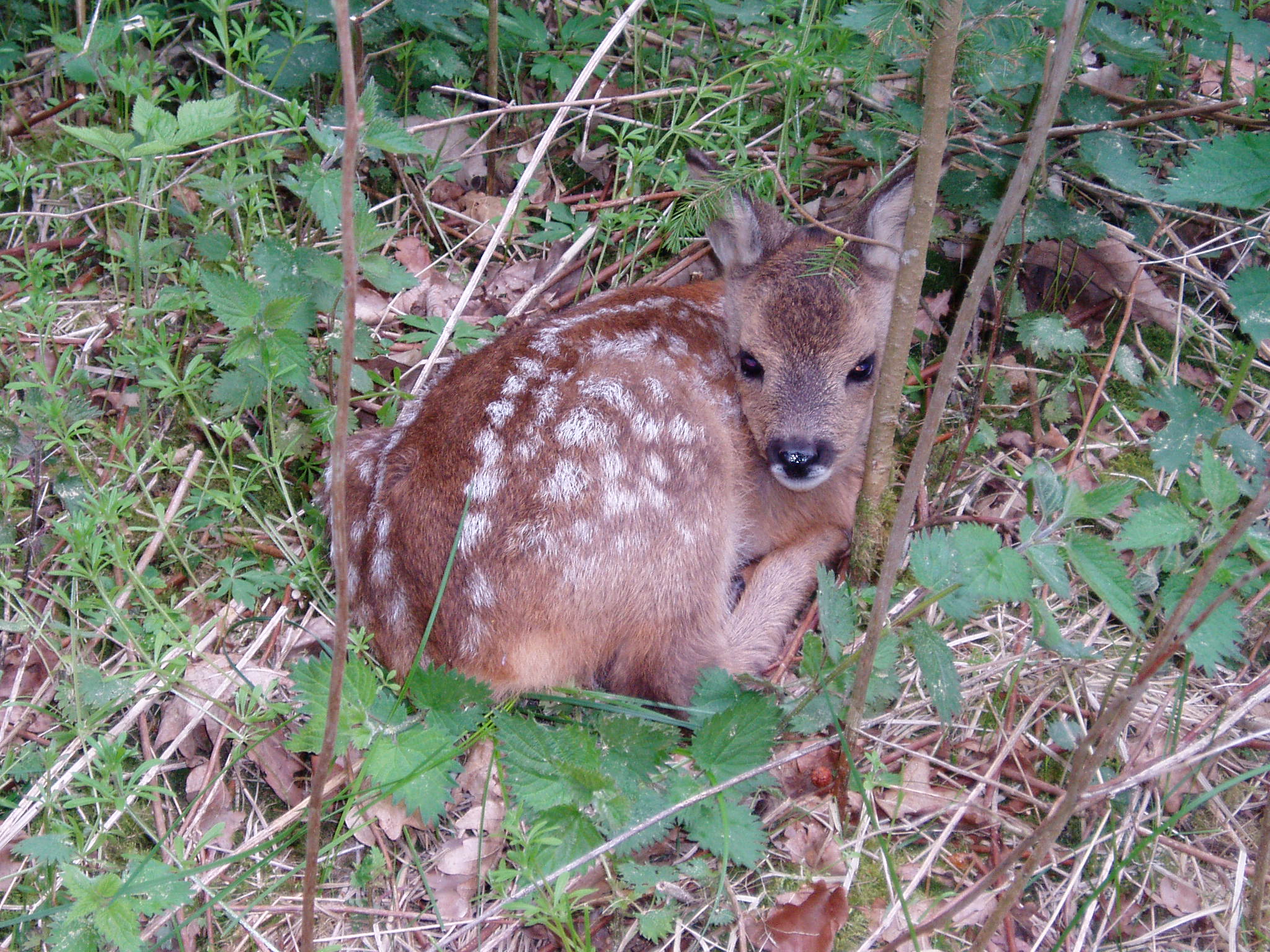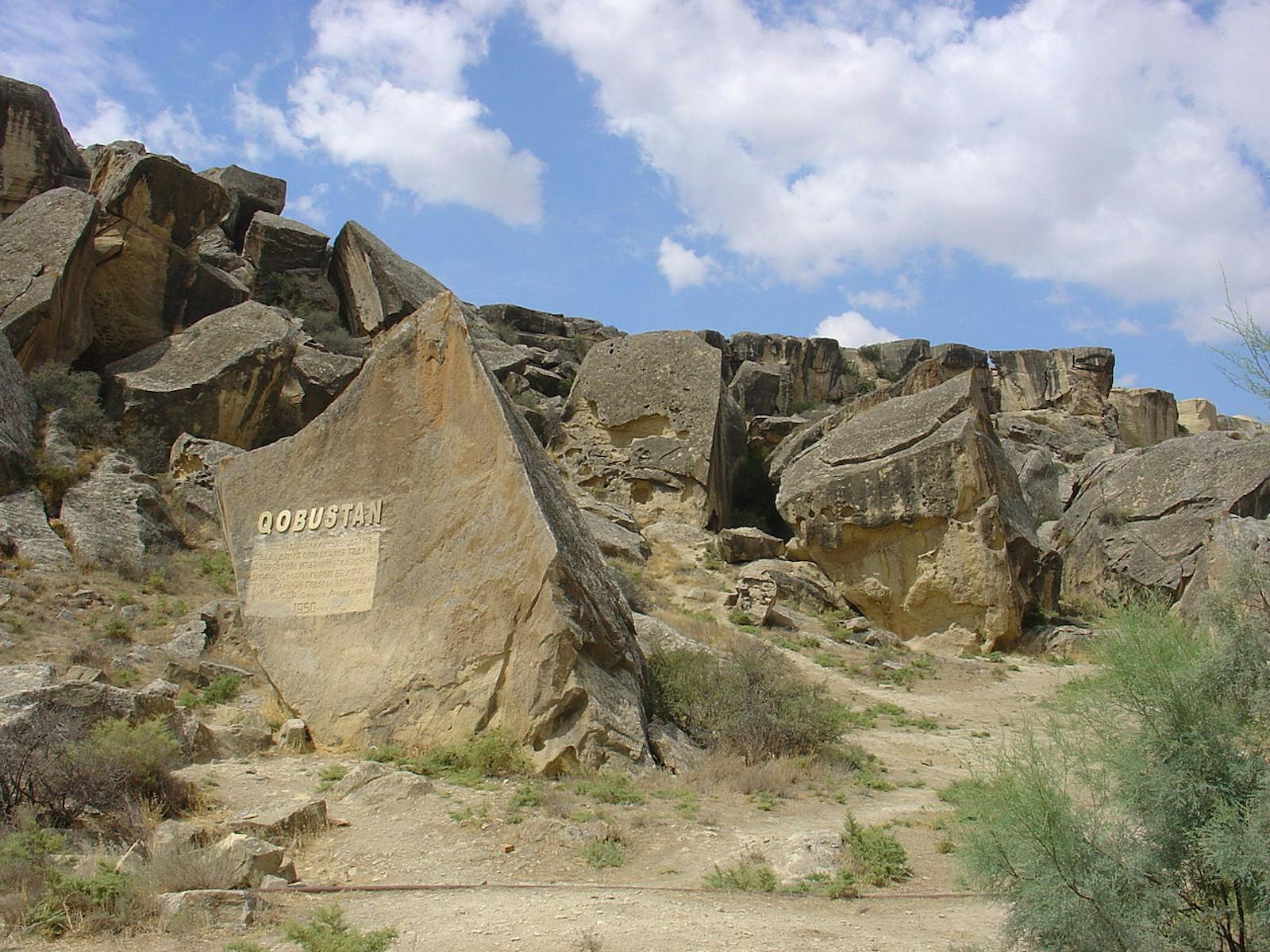Azerbaijan Shrub Desert and Steppe
The ecoregion’s land area is provided in units of 1,000 hectares. The conservation target is the Global Safety Net (GSN1) area for the given ecoregion. The protection level indicates the percentage of the GSN goal that is currently protected on a scale of 0-10. N/A means data is not available at this time.
Bioregion: Caspian Sea, Coastal Deserts & Kopet Dagh Mountain Woodlands (PA33)
Realm: Central Eurasia
Ecoregion Size (1000 ha):
6,416
Ecoregion ID:
812
Conservation Target:
16%
Protection Level:
4
States: Azerbaijan, Georgia, Iran
This expanse of shrub desert and steppe is the driest region of the Caucasus. Vast lowland plains sweep from arid mountain foothills to the dynamic shoreline of the Caspian Sea, known for its high level of endemism. Consequently, this ecoregion exhibits exceptional levels of biodiversity, supporting wolves, jungle cats, imperial eagles, and griffon vultures. The steppe is now home to the world’s largest population of goitered gazelle; distinguished by elegant lira-shaped horns, the gazelle are a national symbol of beauty and grace.

The flagship species of the Azerbaijan Shrub Desert and Steppe ecoregion is the goitered gazelle. Image credit: Dûrzan Cîrano, Creative Commons
Seventy percent of this ecoregion lies within Azerbaijan, with the rest reaching into Southeast Georgia and Northwest Iran. Feather grasses, thorny shrubs, and tall forb grasslands of yellow bluestem characterize the steppe, which is interspersed with semi-desert of wormwood and saltwort dominated systems. A dry, subtropical climate in arid foothills promotes the growth of pistachio-juniper open woodlands, whilst mild winters and regular spring precipitations of the floodplains allow forests of liana-festooned large white poplar to flourish.
The average annual precipitation is 300–400 mm, and the average annual temperature is 12–14°C. The elevation varies from 27 m in the Caspian shoreline area to 900 m. Eight major rivers flow into the lowlands from the mountains, the longest of which is the Caspian-bound Kura, and the Aghgik and Sari Su lakes create important wetlands in the heart of the region, surrounded by extensive belts of reeds and bulrush.
As this land straddles Europe and Asia, typically arid species such as Lebetine viper and Caucasian hamster coexist with those more characteristic of northern Europe: chamois, roe deer, and lynx. Two revered species, brown bear and goitered gazelle, are recovering thanks to conservation efforts, with the latter now amassing some 5,500 individuals. Coastal plains support important populations of migrating and wintering birds, including the globally threatened lesser white fronted goose, marbled teal, and extensive flocks of little bustards which can number over 150,000 individuals. Athamanthia japhetica is an endemic butterfly, whilst endemic flowers include Kamilla’s Iris and wedge-leaved meadow saxifrage.
Aside from the 4 million people living in and around Azerbaijan’s capital, Baku, most people are concentrated amongst the construction boom in the coastal region. Many former steppes and semi-deserts have been turned over to the production of cotton, vegetables, and fruit trees, or are used as grazing pastures. Construction of dams, reservoirs, and a growing network of irrigation channels in the lowlands has caused further habitat fragmentation. Notable protected areas include the Shirvan National Park, where the only viable population of goitered gazelle reside, and the Aghgol National Park, a Ramsar listed Wetland of International Importance.

Roe deer. Image credit: Jan Bo Kristensen, Creative Commons
Resources are being exploited unsustainably. A poor economic situation promotes illegal use of forests for pastureland and firewood, and overgrazing, overfishing, and poaching are rife. Extensive land degradation has resulted, with 36,000 km2 subject to damaging erosion and another 6,000 km2 adversely affected by salinization. This has caused habitats to shift; regions of steppe have converted to semi-desert, whilst pistachio and shrubs now dominate former juniper woodlands.
Unregulated building and construction are a major problem in coastal regions, and there is limited infrastructure for effective waste management, particularly of industrial oil and petroleum contamination. Recent decades have seen an increase in efforts to combat these issues. Afforestation programs are underway, in tandem with provision of rural areas with gas and renewable energy sources.iv There has also been an increase in protected area coverage, and investment into environmental education.
The priority conservation actions for the next decade will be to: 1) ensure sufficient education and equipment are available for proficient management of protected areas; 2) extend environmental education in society to increase awareness of conservation issues in local communities; and 3) improve the collection, analysis, and sharing of biodiversity information.
Citations
- Schmidt, S. ed., 2009. Potential Analysis for Further Nature Conservation in Azerbaijan: A Spatial and Political Investment Strategy. Geozon Science Media.
- Azerbaijan. (2014). Fifth National Report.
- WWF. 2018. Southwestern Asia: Azerbaijan, into Georgia and Iran. [Online]. [Accessed 15 March 2019]. Available from: https://www.worldwildlife.org/ecoregions/pa1305

.png?auto=compress%2Cformat&w=300)

